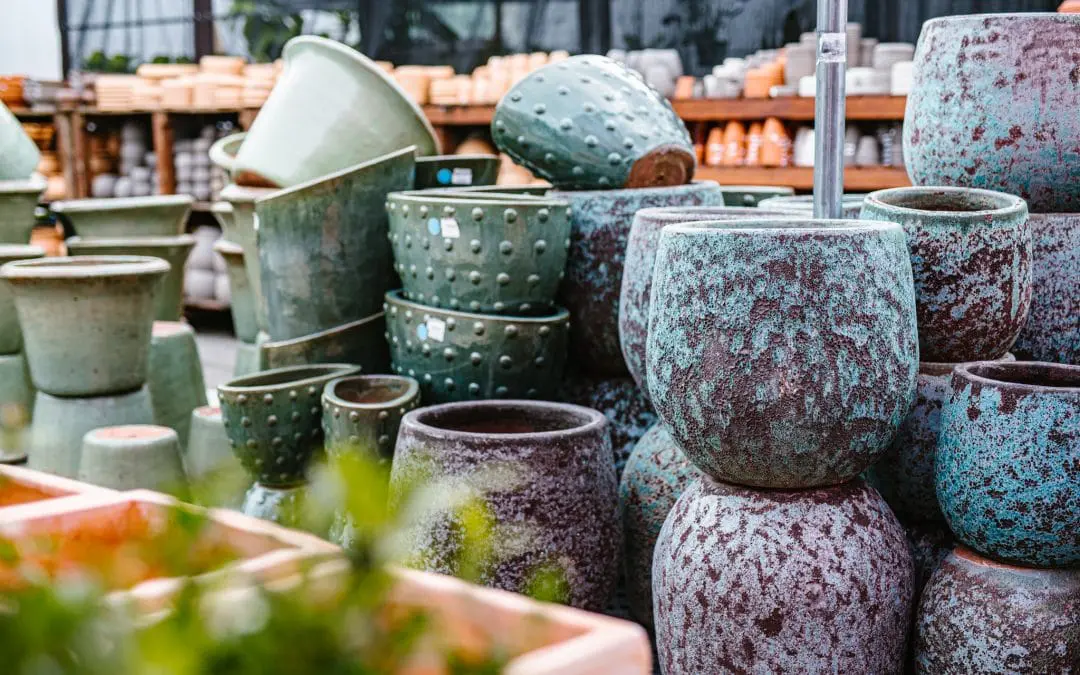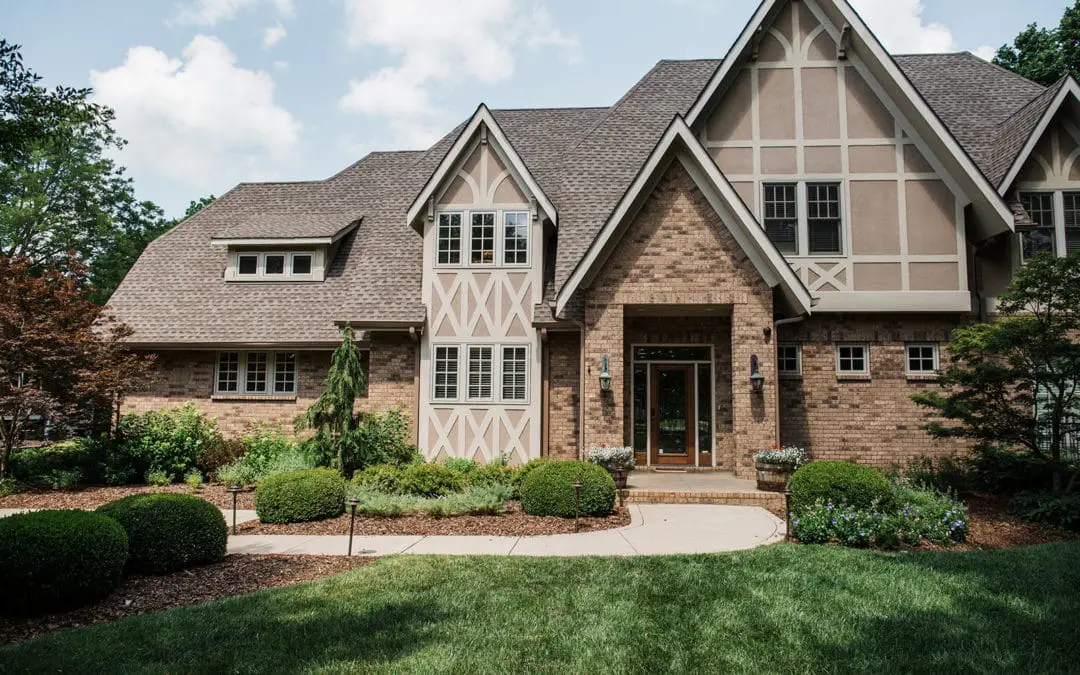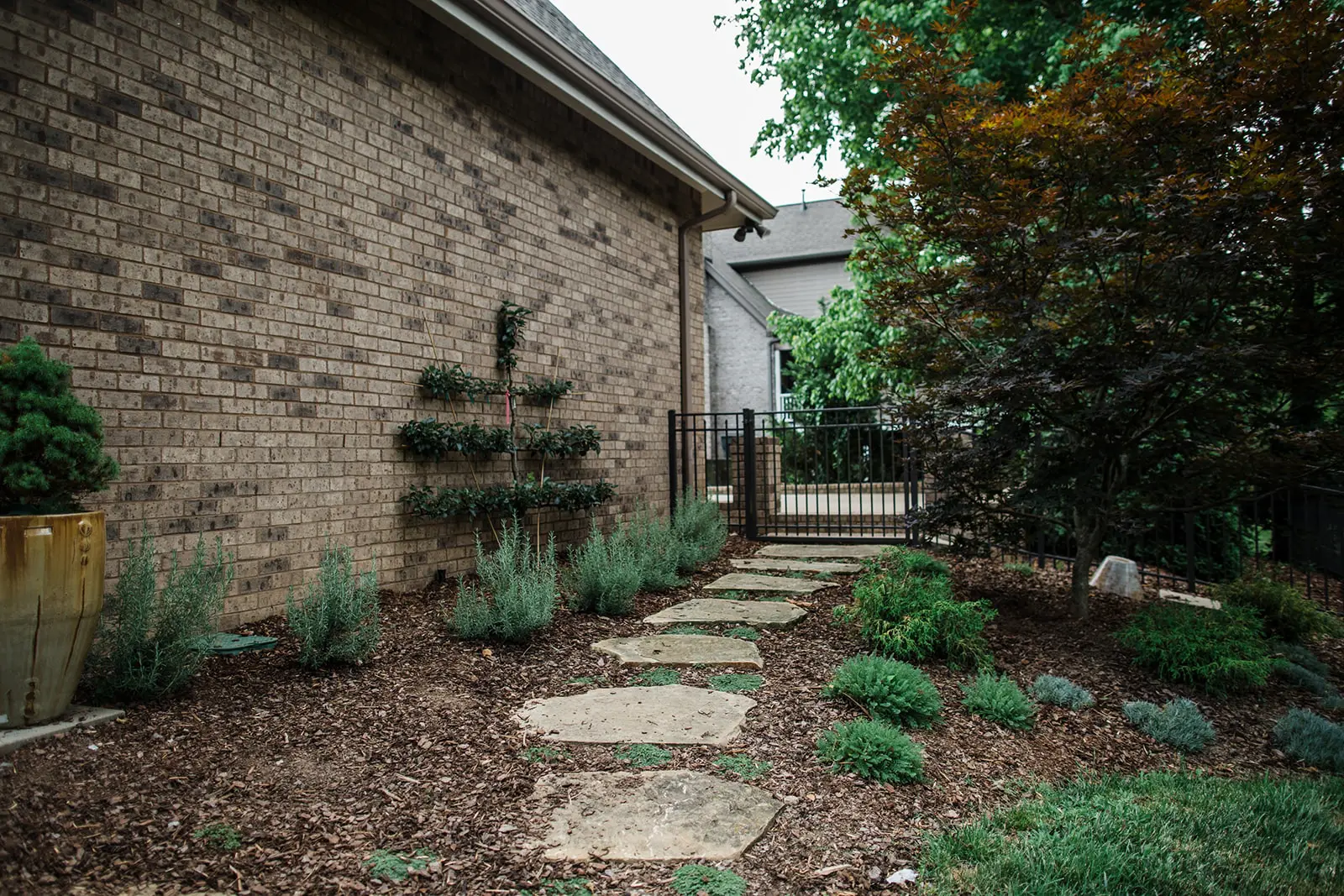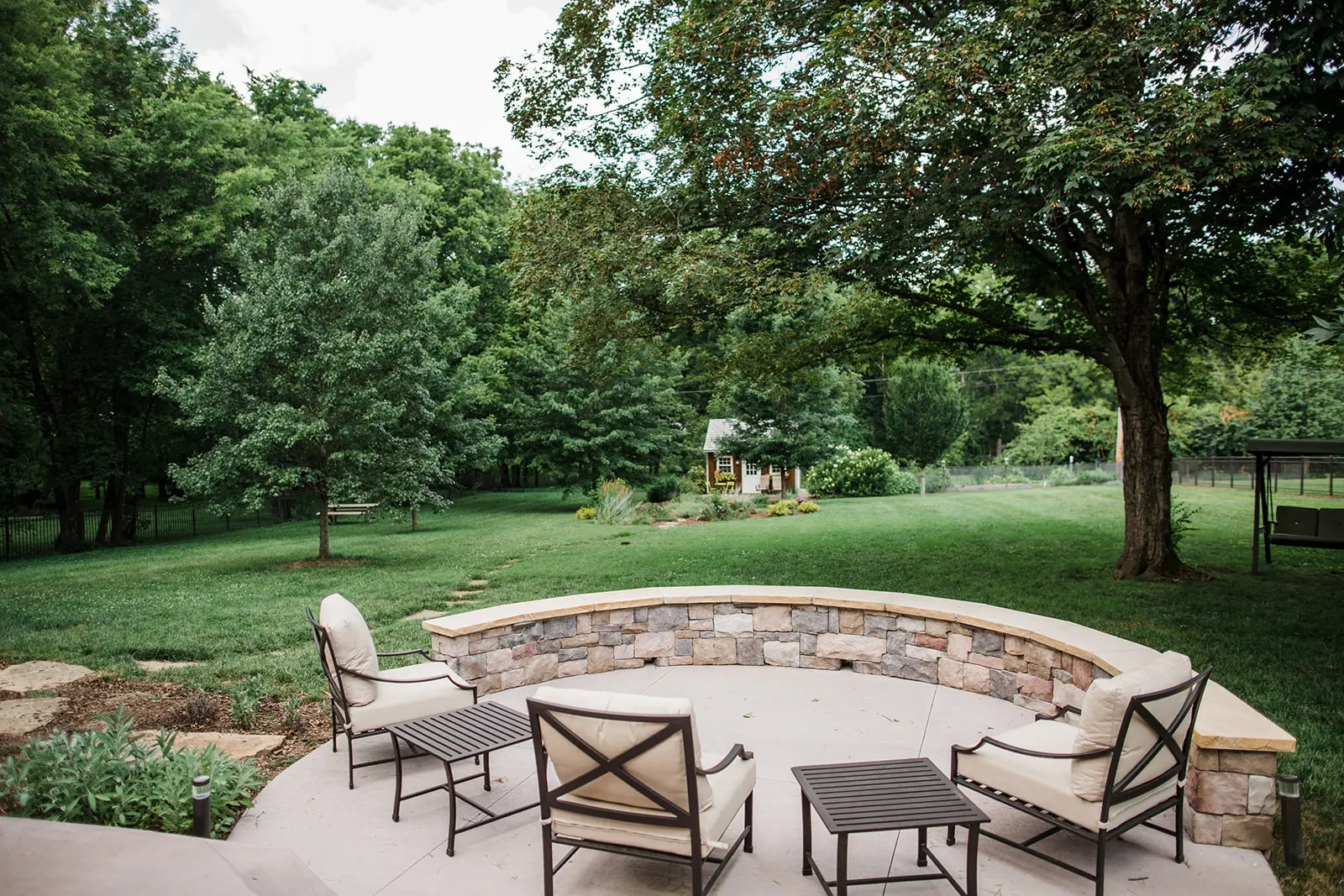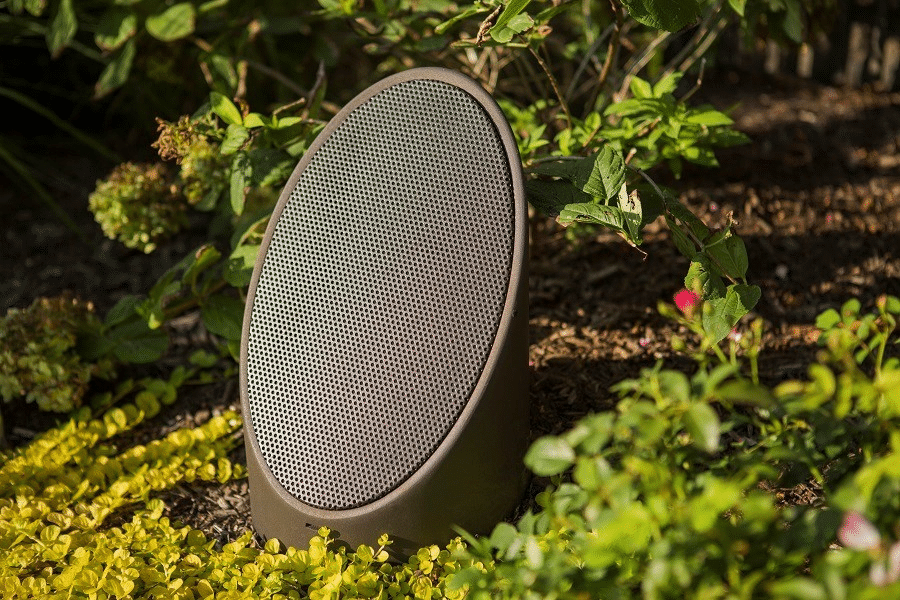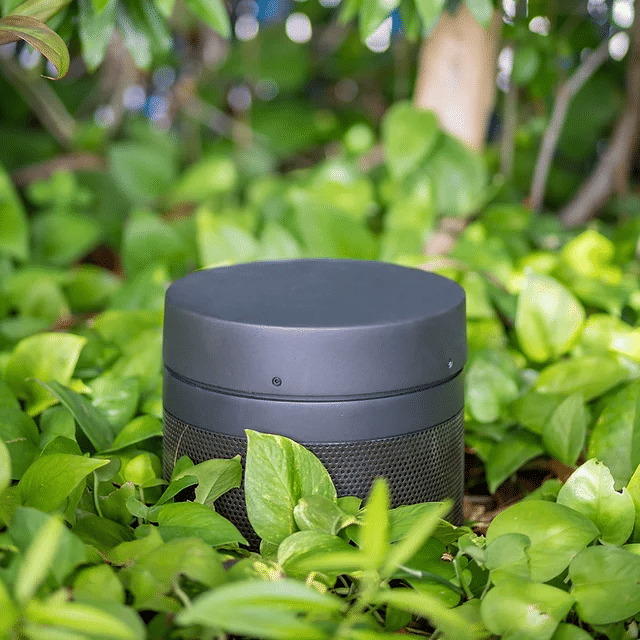
by Gloria Ballard | Mar 22, 2022
A garden specialist once passed on this bit of wisdom: “The best thing you can do is put a fifty-cent plant in a five-dollar hole.” He didn’t mean that literally, of course, but the lesson was clear: For optimal houseplant health, make sure you pay attention to the soil you grow it in!
That goes for plants in the garden, but also for your houseplants. Regular garden soil is not suitable for plants meant to grow indoors, as it is too heavy to allow houseplants to drain well, and may contain contaminants and soil-borne diseases that could harm indoor plants.
Potting mix – technically not soil as we think of it in a garden bed – is usually a mixture of ingredients such as peat moss, sphagnum moss, perlite, vermiculite, pine bark or other components that help with aeration and drainage that houseplants require. Potting mix may also contain fertilizer. It’s often labeled as sterile because it doesn’t contain the pathogens found in outdoor soil.
Match the mix
All-purpose potting mix is fine for many of your houseplants, having the loose, fluffy texture required for plants’ roots to cling, and drains well enough that it won’t cause roots to rot. But some plants have more specific needs, and there are mixes for those plants, as well.
Succulents and cacti,
which grow in the wild in places where there is very little rain, need soil that drains fast. A potting mix for these plants may contain more sand.
Orchids and bromeliads
grow best in a mix that contains bark, which provides good drainage and the air flow through the mix that the plants’ roots require. This acidic mix is especially good for bromeliads.
African violet
mix is a lighter, more porous mix that may contain sphagnum moss, vermiculite, perlite and coarse sand for better drainage than regular potting mix.
Palms
– cousins to those tropical beach beauties — have specific needs that most often include a fast-draining mix, but some palms may prefer a slightly heavier medium. Some houseplant experts recommend using African violet mix with a bit of sand mixed in.
Spring refresh
Not all houseplants need to be repotted every year, but for those that have outgrown their pots or are struggling in depleted potting mix, now is a good time for this task. Here’s a refresher on how to do it:
- Line the bottom of the new pot with a porous material to cover the drainage hole, then fill the pot about two-thirds full of new potting mix.
- Remove the plant out of the old pot by turning it upside down with your hand against the old mix. Don’t pull the plant by its stem; slide the rootball out and gently squeeze and pull at the soil and roots to loosen them. Unwind roots that have grown around the old mix inside the container.
- Place the rootball on top of the layer of potting mix inside the new pot and fill in around with more so that it’s planted at the same depth as it was in its old home. You may want to add a little water at this point to settle the soil before topping it off with a bit more. Water the newly potted plant thoroughly.
Potting mix for all types of houseplants is available at Gardens of Babylon’s Garden Center. Check out our repotting expert Paige’s plant-repotting video demonstration here, and visit the Gardens of Babylon Garden Center to pick out new plants for your indoor garden.

by Gloria Ballard | Mar 16, 2022
Even if you don’t have a personal patch of soil, you can still have a garden. If you have space to plant a garden in the ground, you also want to enhance your porch, patio or deck. That’s the advantage and beauty of container gardening.
But how do you choose the best container for the job? It depends on what you want it to do – fill a nook on your small balcony? Grow a tree on your patio? There’s a pot for every purpose.
Choose your size
Any living thing needs room to grow, so you’ll want a container that provides enough space for roots to spread in the soil. A general rule for a single plant or shrub is to choose a pot that is roughly twice the size of the root ball of the plant you’ll put in it. If it’s too small, the plant’s roots will quickly fill it up; if it’s too large, the roots may struggle to reach the moisture they need, and admit it, a small plant looks awkward in a big, spacious expanse of pot and soil.
Size also depends on whether you’re potting up that single plant, or a container garden with a mix of annuals, perennials or herbs. For an attractive mix, you want a container that is proportionate to the size of the little garden as it matures, and that still provides enough room in the soil for each plant’s roots to absorb the nutrients it needs.
Whatever size is selected, make sure it has a hole to allow water to drain through. Most plants that sit in waterlogged soil will struggle, and likely not survive.
Choose your style
If the look you prefer to cultivate in your space is buttoned-up formal, of course you’ll choose a container that reflects that style – possibly with clean, crisp lines and colors and shapes that match the rest of the landscape and furnishings. If you style is more eclectic, you may go for an assortment of colors and finishes, and they may or may not be similar.
Modern, contemporary style containers may have a sleek finish, unique shapes or bold colors. Garden classics may be in subtle “natural” shades and embellished with simple or ornate details.
In my own garden and patio areas, for example, I have an eclectic mix of pots: tall containers that hold large ‘Kimberly Queen’ ferns in spring, summer and fall, mid-height pots for geraniums or angel-wing begonias, and short, wide bowls that I plant with sedums, or with Creeping Jenny that flows like water over the bowl’s rim. Most of the pots are in shades of blues and greens, but I’m also fond of the look of moss-covered clay pots, so I use those, too, usually planted with annuals and tucked into garden beds to fill empty spaces among the perennials.
Consider the shape & material
When you’re thinking of what shape to use – round, square, rectangular, tapered – consider the spaces where the planted containers will be displayed. Round planters tend to have a more solid, organic feel; square, boxy planters are good for adding symmetry in a garden layout. A rectangular planter may provide the horizontal lines needed in a formal or informal design; gently tapering square or rectangular planters seem to have a softening effect in a variety of style settings. Flat and bowl-shaped planters can be attractive tabletop features.
Glazed ceramic, which is available in a range of textures and colors, is a popular choice for outdoor container gardens. If you plan to leave containers outdoors all year, make sure they are the type that can withstand freezing weather. Large containers are heavy, and very stable in an outdoor setting.
Terra cotta pots, which can be plain or decorative, are porous and provide good drainage. They also dry out more quickly than glazed pots, so you likely will need to water more often. Because of their porosity, terra cotta needs to be moved to a protected location before freezing weather arrives.
Ready to find the perfect pot? Stroll through Gardens of Babylon’s Garden Center to see a wide range of containers of all sizes, from the tiniest clay pot to large, deep containers suitable for a small tree.

by Gloria Ballard | Mar 10, 2022
Landscaping Property Spotlight –
A large lot can present big challenges, but it also offers opportunities for unique solutions. Gardens of Babylon landscape designers Eric VanGrinsven and Chloe Barrett have both applied their design talents to this property in West Meade. The result is a landscape that feels spacious, but with plenty of comfortable areas for family and guests to gather and enjoy the view.
What did the homeowner want?
The homeowners prefer a natural, free-form landscape over a clipped and formal design, and the size of the lot – an acre or more – lends itself perfectly to that. There’s an outbuilding in the back yard – a potting shed — that was added prior to the design.
“We’ve worked around that shed from the start,” Barrett says. While the shed holds gardening tools and equipment, the brown siding and crisp white trim assure that it looks more like a cottage. Window boxes are filled with colorful blooms in summer, a cupola on the roof complements the door, and the shed is surrounded by lush hydrangeas and other shrubbery. From the patio, the shed and its surroundings act as the natural focal point.

What was the biggest challenge?
“The biggest challenge has been to balance the garden with perspective: providing a low-lying pollinator garden, while maintaining the visual depth of the yard,” says VanGrinsven, who designed the original bed footprint and planting plan. “The variance in site allows us to play with sun and shade perennials, providing blooms of interest almost year-round.”
The route from the back door to the potting shed also presented an opportunity for creativity. The circular patio outside the back door features a stone seat wall at the perimeter that separates it from the lawn. The patio at the potting shed echoes the main patio in shape, color and texture. The designer met the challenge of getting from one to the other by placing a series of flagstone pavers nestled in the lush grass across the wide lawn. Setting the pavers in a pattern that follows a graceful S-curve gives the pathway a natural sense of movement while it leads the eye to the landscape’s focal point in the distance.

What do you think is the best feature?
From the homeowner’s point of view, it was essential to have pollinator-friendly plants in a design that looks as if it happened organically – a “natural look,” Barrett says. “The best feature, I believe, is the flagstone patio outside the garden shed, with the pollinator garden about halfway down the path.”

Do you plan to upgrade your outdoor spaces in 2022? Click here to book a consultation with a member of Gardens of Babylon’s landscape design team.

by Gloria Ballard | Mar 1, 2022
Invite some friends over for an outdoor gathering, tap some buttons on your phone, and smile as your guests look around and exclaim, “Ooh, where’s that sound coming from?” It’s coming from an outdoor audio system that brings another layer of enjoyment to your outdoor retreat.
“Outdoor audio is one of the newest offerings,” says Tim Nebel, Gardens of Babylon’s operations manager for irrigation, lighting and audio. “And we are really excited about it. You absolutely have to hear it in person to get a feel for the quality, and you can! Book a free demo through our website and we will bring a system to your home, set it up in 10 minutes, and show you how to use it in 2 minutes. We can even leave it with you over the weekend to play with!
Gardens of Babylon is a certified dealer of Coastal Source, a landscape audio systems company based in Moorestown, NJ. “We tested a few different systems, and Coastal Source speakers are far and away better than anything else we heard.” The quality is key, Nebel says. “It’s built to withstand the outdoors for a long time. But the sound quality is what stood out. There’s nothing that compares.”

Nebel explains: Coastal source systems allow connectivity through Bluetooth, with limited range, or with Sonos, which can be integrated into an existing home audio system. “Coastal Source systems’ speakers have a tweeter that catches the high notes, a subtweeter that catches the middle, and the subwoofer catches the lows,” he says. “They offer a variety of options for different budgets. But even at the most basic, the sound quality blows any portable Bluetooth speaker out of the water.”
You hear the sound, but you may not see where it’s coming from; the most visible components of the system are designed to blend in with the landscape.
“The speakers are typically buried in the landscape so that just the head of the speaker is showing,” Nebel explains. “They look very sharp, and blend in nicely.” And they are built to live outside year round, made from the same material that is used to make Yeti coolers, he says.

There are three package levels of the company’s products. The entry-level package provides two 8-inch mini-bollard speakers; a slightly larger 10.0 2-way bollard provides more robust sound, and the 10.0 three-way ellipsis bollards – Coastal Source’s flagship package – “has the most robust sound of anything they offer,” Nebel says. Any of them can be retrofitted into a landscape design or set on hardscaping to be able to move them around.
Other components of the system include an amplifier and power supply unit in a weatherproof box that is typically mounted on the home or other structure with a power outlet. The system’s wiring is encased in another coated cable that is more difficult to break than typical spliced connections, and features the company’s “plug and play” waterproof connections that lock into place.
“With the cabling leading from the amp to the ground in conduit, from there all you see is the ellipsis of the speakers in the landscape,” Nebel says. “They are designed to look natural in any landscape.”
When it’s time to que up the music, tap onto your phone or tablet and you have all your music sources – Apple Music, Pandora, Spotify, your own music library with digital mp3s – at your fingertips.
Interested in including audio in your backyard retreat? Schedule a free phone consultation through the Irrigation, Lighting & Audio portal on the Gardens of Babylon website or book a free demo to hear the system in your yard Outdoor Audio Demo. “We are offering free on-site demonstrations to anyone who wants to hear it,” Tim Nebel says. Schedule an in-person audio demonstration to hear how outdoor audio can transform your outdoor living areas.

by Gloria Ballard | Nov 22, 2021
Take a look at your home’s landscape and how it has served you across the seasons. What do you wish you’d done differently in 2021? How would you change it? What could you add? Can you do it in 2022?
*I wish I had a patio where we would get together with friends…With families staying home more, there is renewed interest in creating outdoor spaces to enjoy with each other and with friends. “People say ‘I still want to be able to entertain’.” says Mike Omar, a landscape designer with Gardens of Babylon’s design team. A new outdoor room may start with an outdoor kitchen that’s more than just a grill on the patio. Start with a gas grill and three to four feet of counter space, Omar suggests. Then consider the extras – a firepit, an outdoor oven, outdoor audio – the options are limited only by your budget.
* I wish I had a small kitchen garden… Imagine a series of raised beds brimming with fresh produce just steps away from your kitchen. Think about the convenience of having fresh herbs at your fingertips throughout the year. Kitchen gardens, whether they’re in-the-ground or in raised beds, can be incorporated into any landscape design, say the design team members. Gardens of Babylon offers a Personal Farmer service to help you plan your garden. “We give you what you want and what we know will do well,” landscape architect Ryan Fogarty says.
* I wish I didn’t have to spend so much time watering, mowing and trimming … If the time you spend running hoses and sprinklers finally seems like too much, maybe 2022 is the year to install an irrigation system. “The biggest advantage, if you have a system set up correctly and a good watering schedule, is that the system is taking care of watering needs for you,” says Tim Nebel, Garden of Babylon’s landscape production manager. Systems can be programmed to meet different needs throughout the seasons — a money-saving bonus, Nebel says. And a regularly scheduled landscape maintenance team can do in a fraction of the time what might take you all weekend. Think of it as more time for you to enjoy with family and friends.
* I wish I had a place to escape to … If you’re a gardener, you already know spending time outdoors can lower stress levels, reduce mental fatigue and boost your creativity and a variety of benefits that can improve health. “A backyard oasis can be your own personal escape,” says Eric VanGrinsven, a landscape designer with the Gardens of Babylon design team. “It’s the area where you can be when you’re stressed from work or things are getting to you, your little spot you can disappear to or just relax and be surrounded by nature.”
* I wish I had a (name that shrub, fruit tree or unusual houseplant you’ve been longing for) … From velvety Alocasia to almost-indestructible Zamioculcas zamiifolia (ZZ plant), you may very well meet up with that unique houseplant during an amble through the Gardens of Babylon Garden Center. Then you can peruse the pottery to find a container that shows the plant at its best, and the potting mix and tools you need to keep it healthy. Here you can also find containers for porch and patio, fruit trees, shrubs, vegetable and herb plants in season, tools and accessories, seeds, gifts, candles, gemstones and many other items on your garden wish list for 2022.

Need help with your landscape? To book an appointment with Gardens of Babylon’s design or maintenance team, click here.
Gardens of Babylon offers a Winter Wake-Up Guarantee for dormant plants planted by the landscape team in fall and winter: Dormant plant material will be covered under a 90-day warranty if it fails to flush the following spring. Foliage winter burn on evergreen material is not be covered under the warranty.



